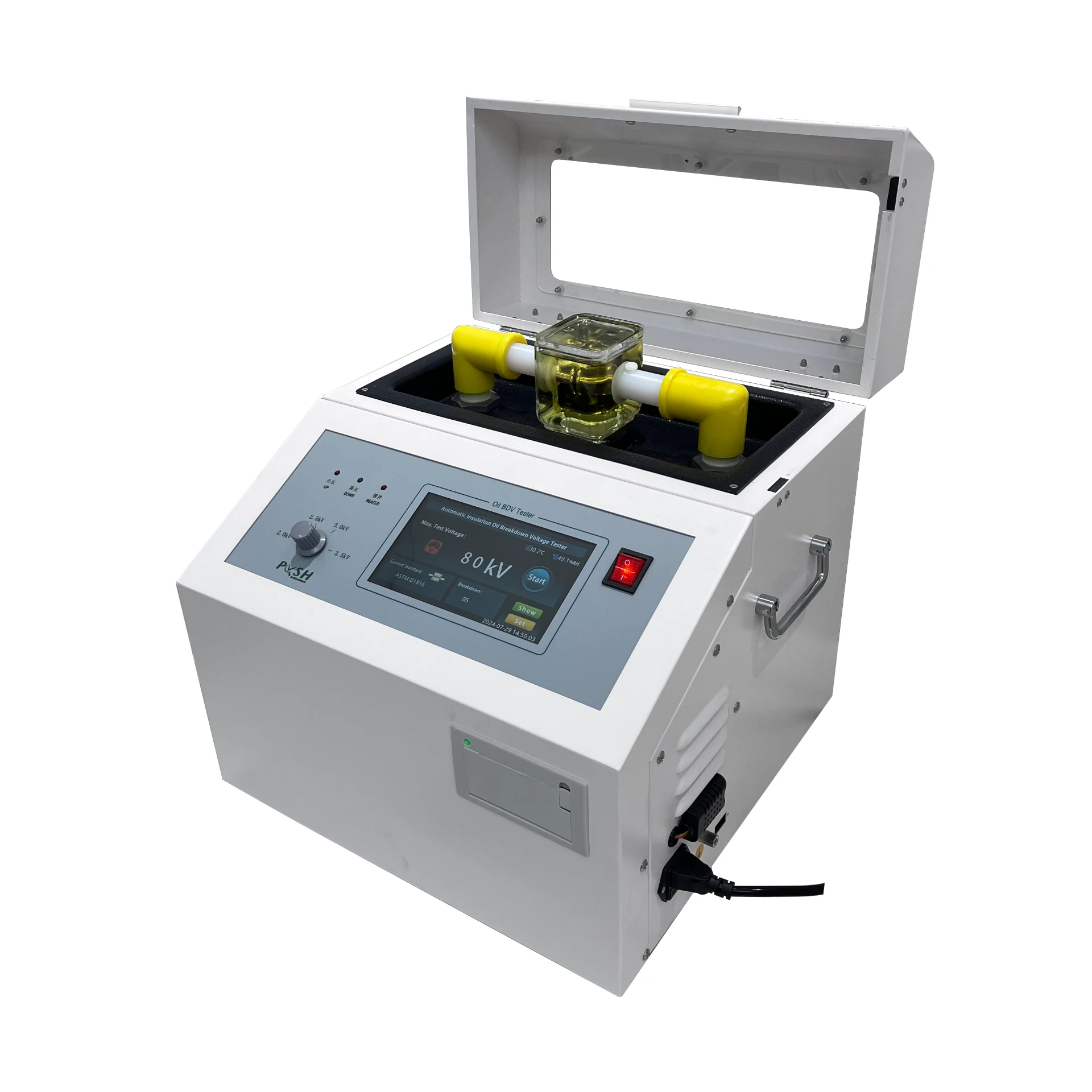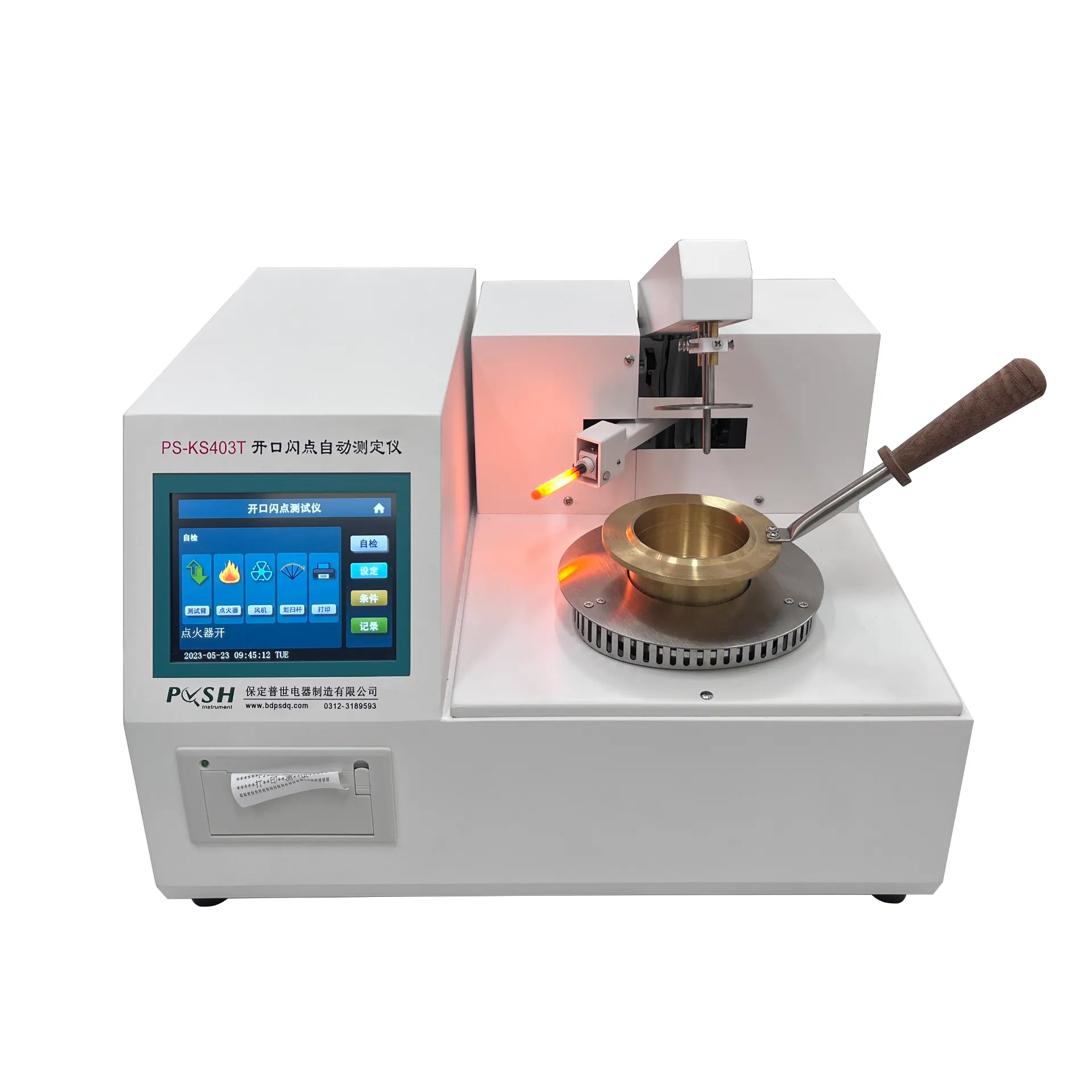TEL:
+86-0312-3189593
 English
English

Telephone:0312-3189593

Email:sales@oil-tester.com

-
 Afrikaans
Afrikaans -
 Albanian
Albanian -
 Amharic
Amharic -
 Arabic
Arabic -
 Armenian
Armenian -
 Azerbaijani
Azerbaijani -
 Basque
Basque -
 Belarusian
Belarusian -
 Bengali
Bengali -
 Bosnian
Bosnian -
 Bulgarian
Bulgarian -
 Catalan
Catalan -
 Cebuano
Cebuano -
 China
China -
 China (Taiwan)
China (Taiwan) -
 Corsican
Corsican -
 Croatian
Croatian -
 Czech
Czech -
 Danish
Danish -
 Dutch
Dutch -
 English
English -
 Esperanto
Esperanto -
 Estonian
Estonian -
 Finnish
Finnish -
 French
French -
 Frisian
Frisian -
 Galician
Galician -
 Georgian
Georgian -
 German
German -
 Greek
Greek -
 Gujarati
Gujarati -
 Haitian Creole
Haitian Creole -
 hausa
hausa -
 hawaiian
hawaiian -
 Hebrew
Hebrew -
 Hindi
Hindi -
 Miao
Miao -
 Hungarian
Hungarian -
 Icelandic
Icelandic -
 igbo
igbo -
 Indonesian
Indonesian -
 irish
irish -
 Italian
Italian -
 Japanese
Japanese -
 Javanese
Javanese -
 Kannada
Kannada -
 kazakh
kazakh -
 Khmer
Khmer -
 Rwandese
Rwandese -
 Korean
Korean -
 Kurdish
Kurdish -
 Kyrgyz
Kyrgyz -
 Lao
Lao -
 Latin
Latin -
 Latvian
Latvian -
 Lithuanian
Lithuanian -
 Luxembourgish
Luxembourgish -
 Macedonian
Macedonian -
 Malgashi
Malgashi -
 Malay
Malay -
 Malayalam
Malayalam -
 Maltese
Maltese -
 Maori
Maori -
 Marathi
Marathi -
 Mongolian
Mongolian -
 Myanmar
Myanmar -
 Nepali
Nepali -
 Norwegian
Norwegian -
 Norwegian
Norwegian -
 Occitan
Occitan -
 Pashto
Pashto -
 Persian
Persian -
 Polish
Polish -
 Portuguese
Portuguese -
 Punjabi
Punjabi -
 Romanian
Romanian -
 Russian
Russian -
 Samoan
Samoan -
 Scottish Gaelic
Scottish Gaelic -
 Serbian
Serbian -
 Sesotho
Sesotho -
 Shona
Shona -
 Sindhi
Sindhi -
 Sinhala
Sinhala -
 Slovak
Slovak -
 Slovenian
Slovenian -
 Somali
Somali -
 Spanish
Spanish -
 Sundanese
Sundanese -
 Swahili
Swahili -
 Swedish
Swedish -
 Tagalog
Tagalog -
 Tajik
Tajik -
 Tamil
Tamil -
 Tatar
Tatar -
 Telugu
Telugu -
 Thai
Thai -
 Turkish
Turkish -
 Turkmen
Turkmen -
 Ukrainian
Ukrainian -
 Urdu
Urdu -
 Uighur
Uighur -
 Uzbek
Uzbek -
 Vietnamese
Vietnamese -
 Welsh
Welsh -
 Bantu
Bantu -
 Yiddish
Yiddish -
 Yoruba
Yoruba -
 Zulu
Zulu
Feb . 15, 2025 22:08
Back to list
transformer turns ratio test set
Voltage Turn Ratio (VTR) Transformers Bridging Efficiency and Innovation
The depth of expertise comes from understanding the intricacies of electrical systems, including impedance calculations and magnetic coupling considerations. Engineers and technicians need to be equipped with advanced diagnostic tools and methodologies to assess the health and efficiency of transformers regularly. Practical training in transformer technology enhances decision-making capabilities, thereby ensuring optimal performance and longevity of electrical systems. Authoritativeness in Design and Technology Manufacturers of VTR transformers are leveraging cutting-edge technology to improve design and efficiency. Advanced materials such as amorphous steel cores and high-temperature insulation are being incorporated to minimize hysteresis and eddy current losses. Moreover, the integration of smart monitoring systems allows for real-time data analysis, offering insights into operational efficiency and maintenance needs. These innovations position VTR transformers not just as reactants but as proactive components in power management systems. Manufacturers like Siemens and General Electric have established themselves as leaders in this field, bringing decades of experience and authority to the design and production of reliable VTR transformers. Their products exemplify high standards and stringent quality checks, ensuring that these transformers meet international safety and performance standards. Trustworthiness Through Certification and Quality Assurance Ensuring the trustworthiness of VTR transformers requires rigorous testing and certification processes. International standards like IEC (International Electrotechnical Commission) and IEEE (Institute of Electrical and Electronics Engineers) provide guidelines to ensure that transformers meet essential safety, efficiency, and environmental standards. Consistent quality assurance and third-party validations enhance consumer confidence in these products. Moreover, manufacturers providing extensive warranties and robust customer support add an extra layer of reliability for users. Transparent communication regarding product specifications, installation guidelines, and safety measures ensures customers are well-informed and confident in the transformers' performance. Conclusion In conclusion, Voltage Turn Ratio transformers are indispensable in modern electrical engineering, bridging the gap between traditional and cutting-edge power management technologies. Through a combination of expert design, continuous innovation, and rigorous quality assurance, these transformers provide efficient, reliable, and sustainable solutions for diverse electrical applications. As technology and industry demands evolve, so too will the capabilities of VTR transformers, strengthening their role as a cornerstone of electrical infrastructure.


The depth of expertise comes from understanding the intricacies of electrical systems, including impedance calculations and magnetic coupling considerations. Engineers and technicians need to be equipped with advanced diagnostic tools and methodologies to assess the health and efficiency of transformers regularly. Practical training in transformer technology enhances decision-making capabilities, thereby ensuring optimal performance and longevity of electrical systems. Authoritativeness in Design and Technology Manufacturers of VTR transformers are leveraging cutting-edge technology to improve design and efficiency. Advanced materials such as amorphous steel cores and high-temperature insulation are being incorporated to minimize hysteresis and eddy current losses. Moreover, the integration of smart monitoring systems allows for real-time data analysis, offering insights into operational efficiency and maintenance needs. These innovations position VTR transformers not just as reactants but as proactive components in power management systems. Manufacturers like Siemens and General Electric have established themselves as leaders in this field, bringing decades of experience and authority to the design and production of reliable VTR transformers. Their products exemplify high standards and stringent quality checks, ensuring that these transformers meet international safety and performance standards. Trustworthiness Through Certification and Quality Assurance Ensuring the trustworthiness of VTR transformers requires rigorous testing and certification processes. International standards like IEC (International Electrotechnical Commission) and IEEE (Institute of Electrical and Electronics Engineers) provide guidelines to ensure that transformers meet essential safety, efficiency, and environmental standards. Consistent quality assurance and third-party validations enhance consumer confidence in these products. Moreover, manufacturers providing extensive warranties and robust customer support add an extra layer of reliability for users. Transparent communication regarding product specifications, installation guidelines, and safety measures ensures customers are well-informed and confident in the transformers' performance. Conclusion In conclusion, Voltage Turn Ratio transformers are indispensable in modern electrical engineering, bridging the gap between traditional and cutting-edge power management technologies. Through a combination of expert design, continuous innovation, and rigorous quality assurance, these transformers provide efficient, reliable, and sustainable solutions for diverse electrical applications. As technology and industry demands evolve, so too will the capabilities of VTR transformers, strengthening their role as a cornerstone of electrical infrastructure.
Previous:
Latest news
-
Testing Equipment Industry Sees Major Advancements in 2025: Smart & Precision Technologies Lead the WayNewsJun.06,2025
-
Applications of Direct Current Generators in Renewable Energy SystemsNewsJun.05,2025
-
Hipot Tester Calibration and Accuracy GuidelinesNewsJun.05,2025
-
Digital Circuit Breaker Analyzer Features and BenefitsNewsJun.05,2025
-
Benefits of Real-Time Power Quality Monitoring Devices for Industrial EfficiencyNewsJun.05,2025
-
Earth Fault Loop Testing in High-Rise Building Electrical SystemsNewsJun.05,2025



